Who is Debbie Hepplewhite?
Debbie is one of the leading authorities in the field of resource design and teaching using the synthetic phonics method for reading, spelling and handwriting.
Her programme, Phonics International, has received acclaim around the world and is used in more than 50 countries. Debbie is also the author/consultant for the Oxford Reading Tree’s ‘Floppy’s Phonics Sounds and Letters’ programme and Raintree’s ‘No Nonsense Phonics Skills’. She is a member of the ‘UK Reading Reform Foundation’ and founder of The International Foundation for Effective Reading Instruction (IFERI). She has years of experience as a teacher, headteacher, special needs teacher, international teacher trainer, consultant and author. She was consulted during the major governmental enquiries into early reading in the UK and in 2011 was awarded an MBE for services to education.
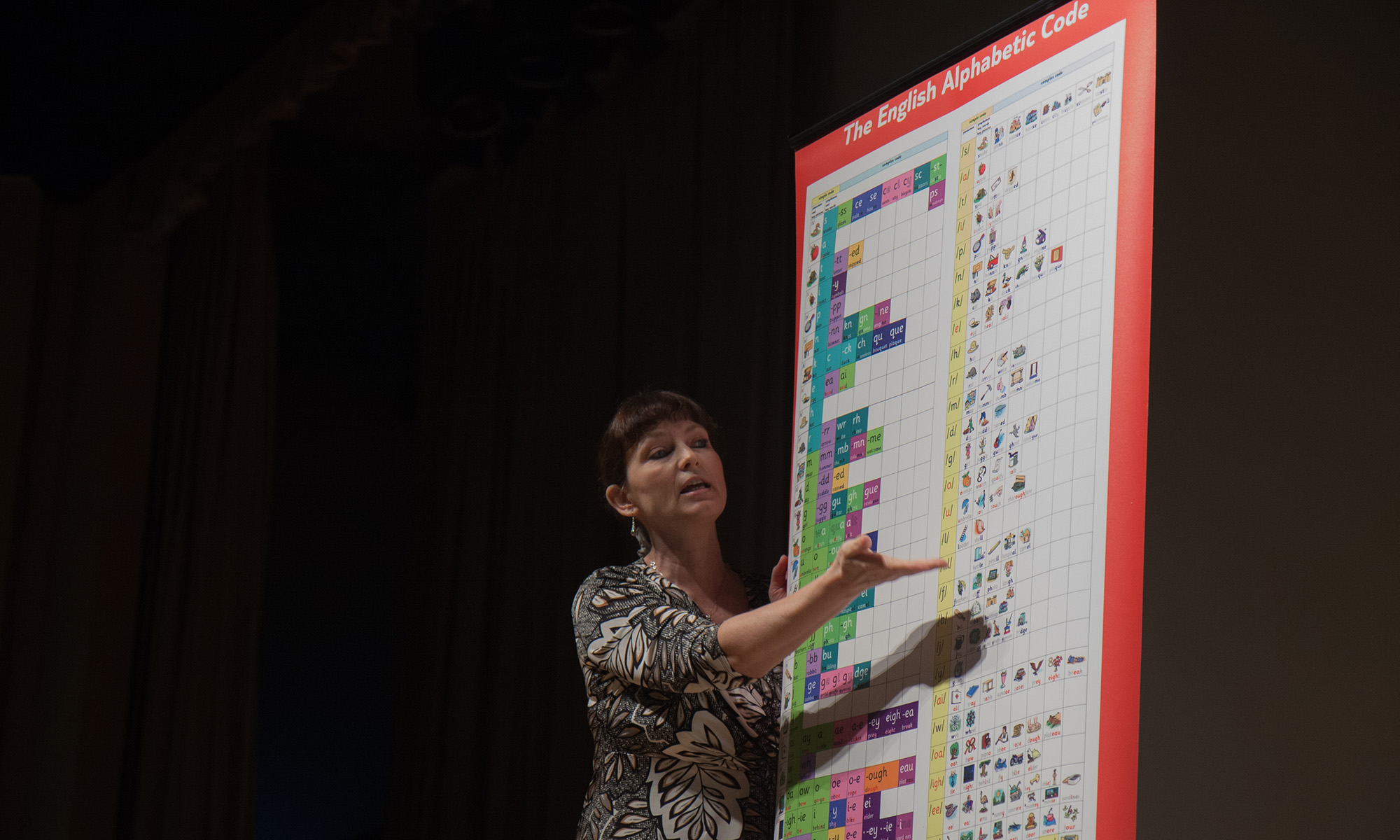

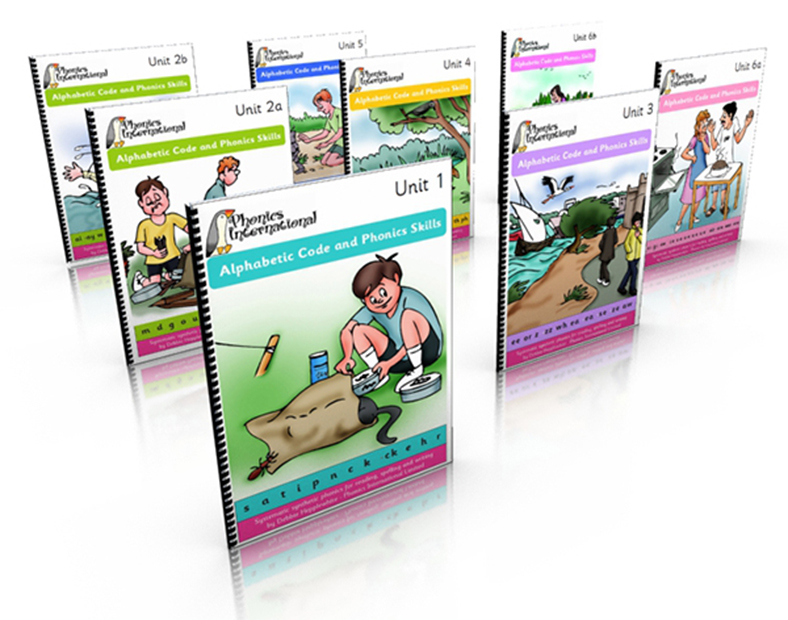
With just a few clicks of your mouse you can have access to Debbie’s years of experience in the form of her series of 8 eBooks entitled, ‘Alphabetic Code and Phonics Skills’
Why eBooks? Providing you with the resources in eBook format is a real asset! – Instant access – from any PC/Mac, laptop or mobile device – You can’t lose or misplace them – You can’t damage them – You can reprint over and over again as and when you need them – Can be used by more than one child/pupil at no cost – You can print in small or large sections as required
Get YOUR FREE EBOOKS HEREWhat’s in the eBooks and why are they special?
These eBooks include everything you need to support you for your ‘adult-led’ teaching purposes and your child/pupil for his or her learning purposes. They enable constant, sustained practice in the required alphabetic code knowledge and the three core skills and sub-skills of reading, spelling and handwriting. The teaching and learning processes are permanently visual, tangible and very rewarding for adult and learner alike. They introduce systematically 117 letters and letter groups which are code for all the smallest sounds of speech (the letter/s-sound correspondences of the English alphabetic code). They also introduce additional correspondences (such as ‘tt’ and ‘dd’) and common words with unusual spellings (such as ‘eir’ in ‘their’ and ‘eo’ in ‘people’) throughout the 200+ cumulative sentences and texts.

The Teaching and Learning Cycle:
The eBooks are ‘teaching’ and ‘learning’ books with resources for the adult to introduce and model new alphabetic code with provided words for reading, spelling and writing – and content-rich resources for the learner to learn and apply the new code using the three core skills of decoding (reading), encoding (spelling) and handwriting from word level to sentence and text level.
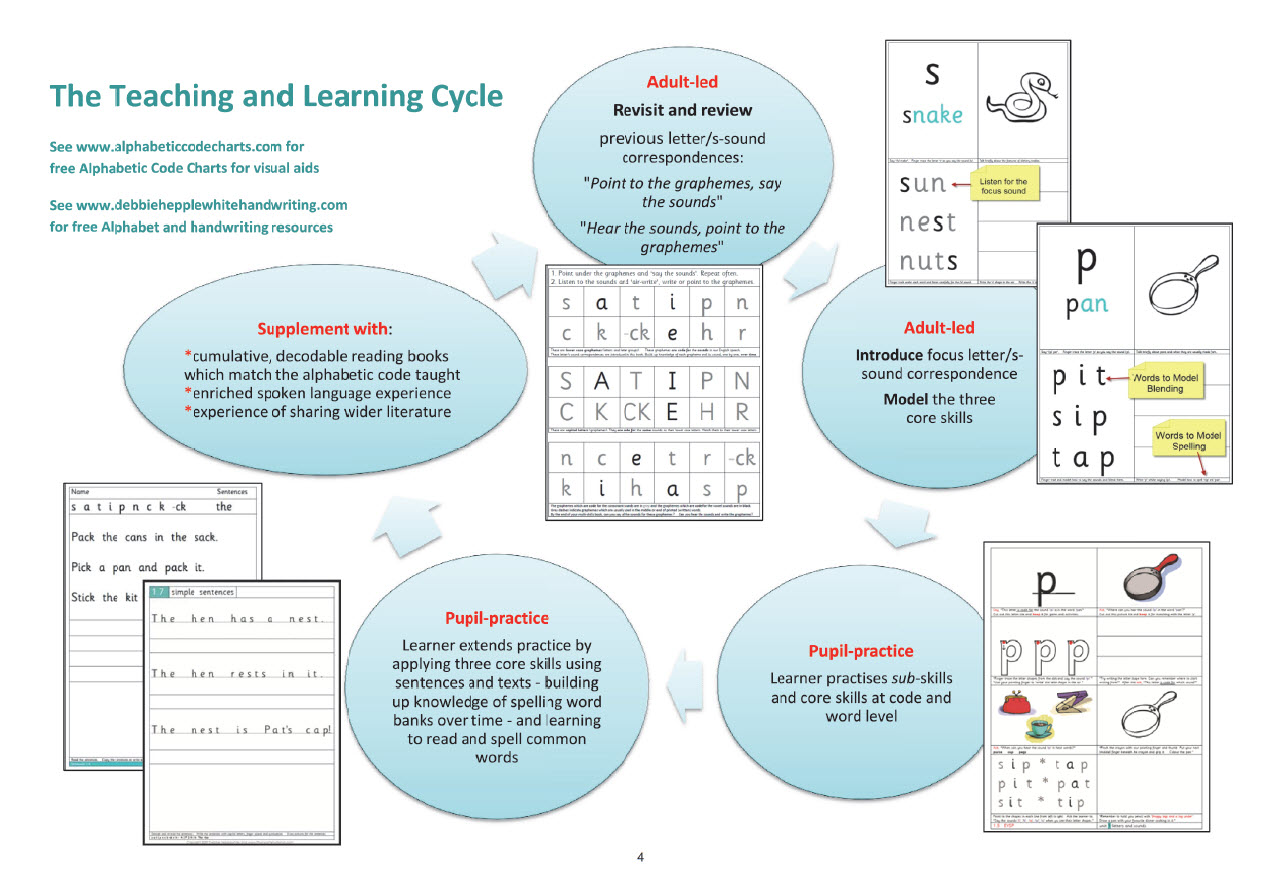
‘Cumulative’ teaching and learning:
Resources are designed for constant ‘revisit and review’ routines to consolidate previous learning to mastery, automaticity and fluency. Revisit the graphemes provided in ‘cumulative’ grids at the front of every eBook – but also revisit previous sentences and texts to build up reading fluency for greater word recognition over time. Introduce new learning with larger-scale graphemes (letters or letter groups) linked to key picture-words which are also used on the overview Alphabetic Code Charts. A list of ‘cumulative’ words, with the focus grapheme in different positions in the words, provide demonstration words for modelling the sounding out and blending. The adult uses the writing lines to model handwriting of the letter or letter group and also to model the spelling-with-editing routine using ‘sound dashes’. Guidance for the phonics ‘hand routines’ for reading and spelling is provided in the eBooks.

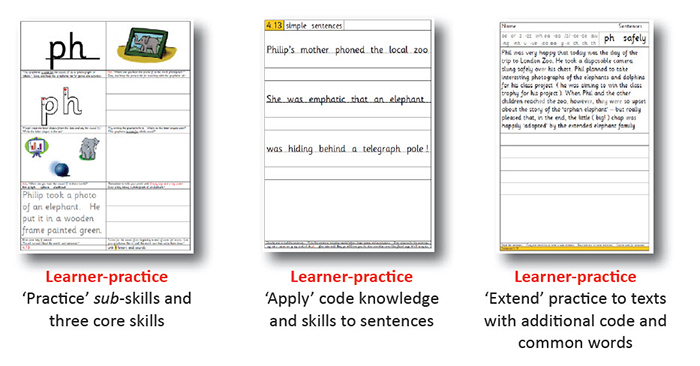
Learner-practice resources:
At first, the learner practises saying the focus sound whilst finger-tracking and writing the grapheme. Small pictures generate spoken words to listen out for the focus sound (a sub-skill of spelling which is called ‘phonemic awareness’ or, awareness of the smallest sounds within spoken words). The learner draws the key-picture which helps to embed the prompt-word in memory. The learner then practises reading/decoding with ‘cumulative’ words or sentences and then practises spelling some words with the focus letter/s-sound correspondence on writing lines using the scaffolded ‘sound dashes’ routine. Then, there is further reinforcement of the new code knowledge in three cumulative lines of practice for reading and writing. This can range from copywriting to self-dictation (cover over the sentence and the learner ‘holds it in memory’ to re-write it) or dictation (the adult says the sentence). As an extension, the learner can write (or talk about) ‘what happens next’. So, having decoded the words, what do the words mean? Develop the themes for ‘language comprehension’ – making meaning of the content and speaking further about it and then the learner becomes the ‘illustrator’. The sentences and texts provide opportunities for vocabulary enrichment (new words) and the introduction of aspects of grammar, punctuation, word classes and so on. Finally, still with a focus on the new letter/s-sound correspondence, the learner reads further cumulative text – which may include occasional bits of additional code introduced incidentally, high-frequency words and tricky words. The text themes provide aids to memory for building up spelling word banks – words spelt with the same letter/s-sound correspondences.
The Alphabetic Code built up in 8 steps:
At the beginning of every eBook, the alphabetic code is provided as a chart including the letter/s-sound correspondences introduced in the previous book- and the correspondences introduced in the latest book. Along with each chart, there are important snippets of alphabetic code information for the adult to share with the learner – and also some of Debbie’s Top Tips for incidental phonics teaching.
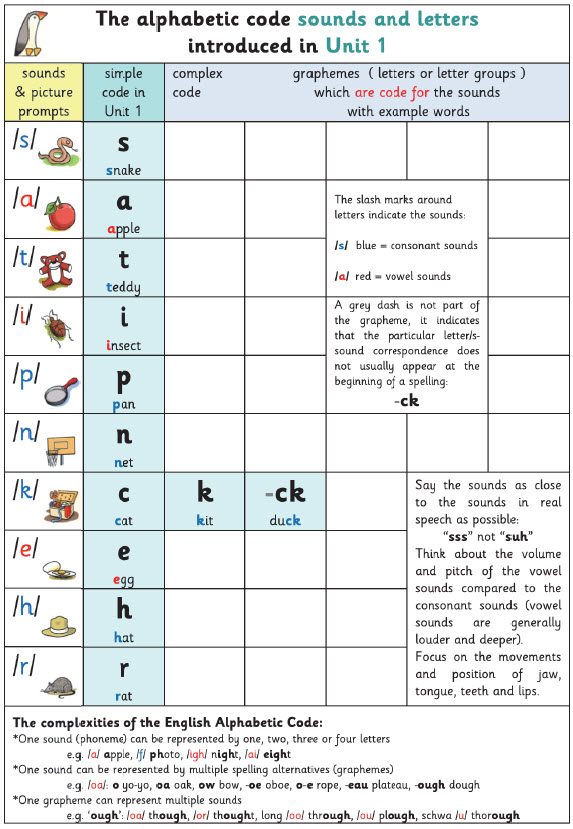
By Unit 6b eBook’s chart, we list the complete range of correspondences from the full Phonics International programme:
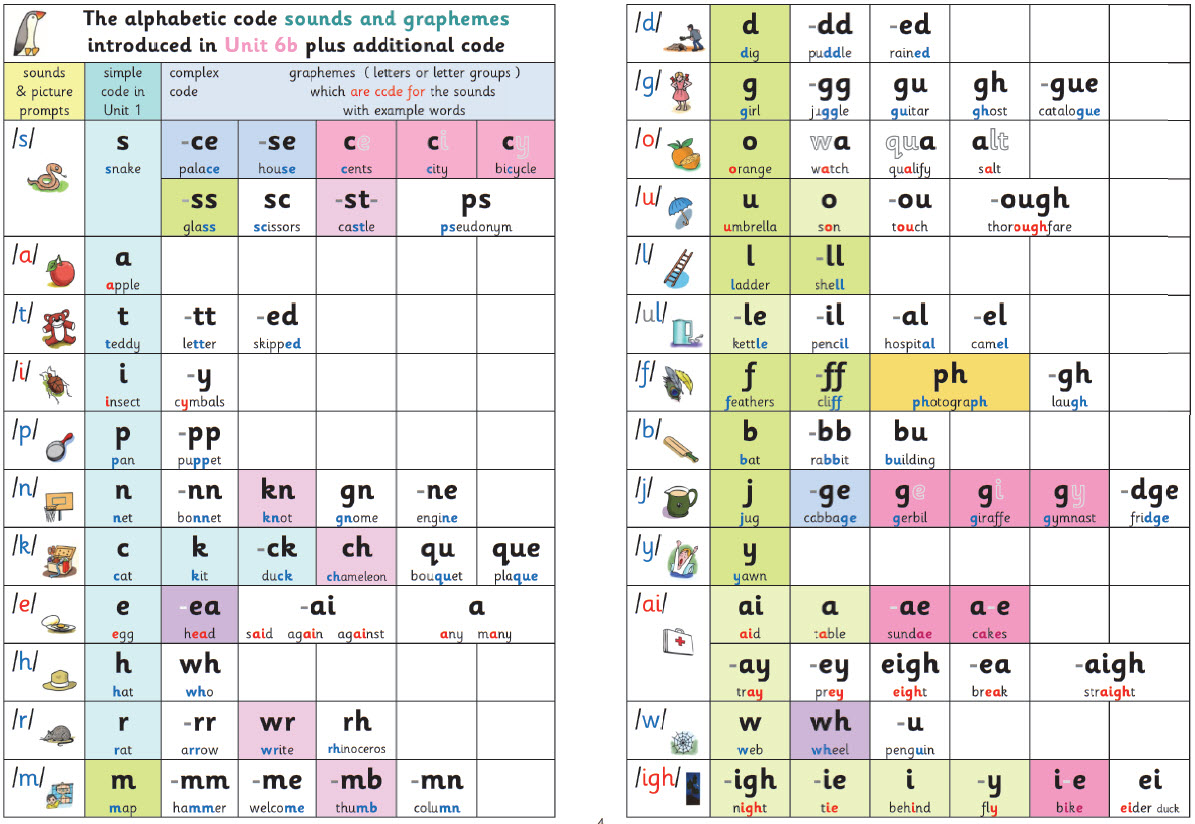
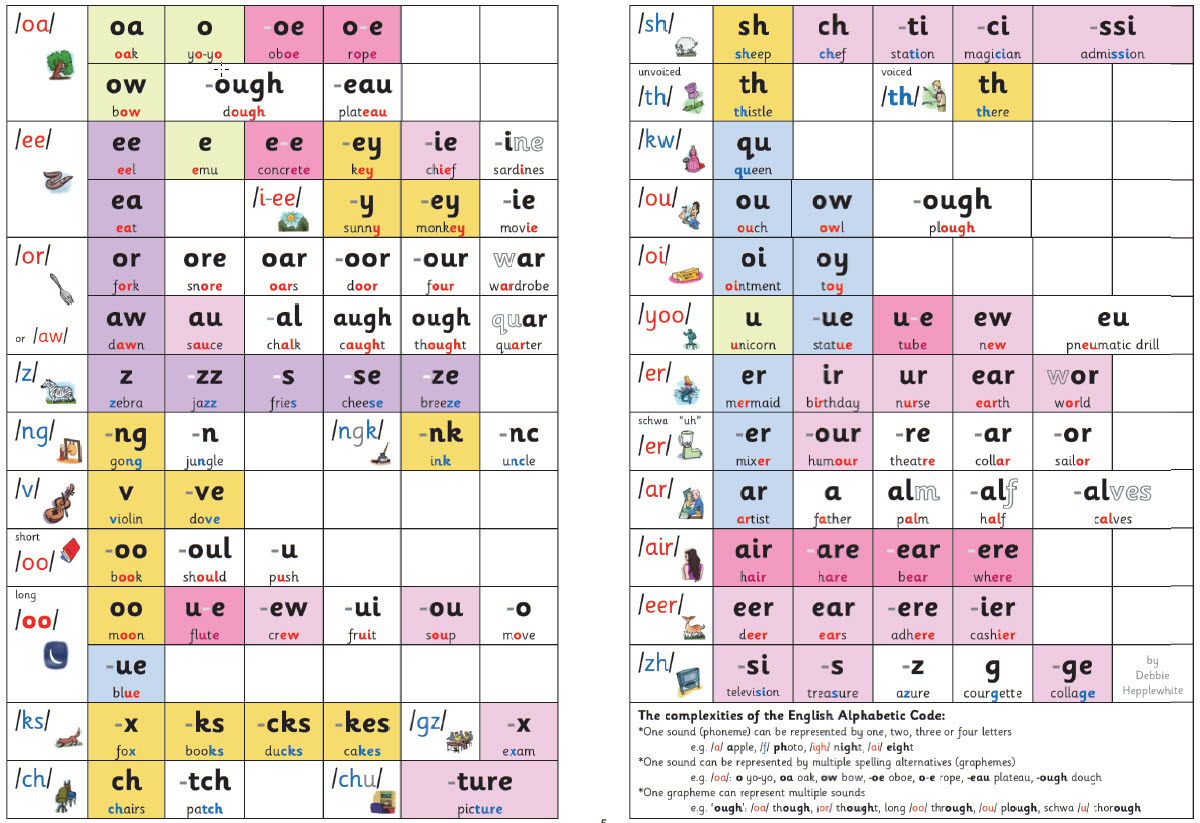
The order of introducing the letter/s-sound correspondences in the eBooks:
Debbie has continued with the same order of introducing the correspondences as in Phonics International for Units 1 to 6. In addition, however, she has included some letter/s-sound correspondences from later units in Phonics International to provide very comprehensive coverage by the end of the last eBook. Please note that because of the large number of letter/s-sound correspondences introduced in Units 2 and 6, we needed to create two books each for Unit 2 and Unit 6 which we have labelled Unit 2a, Unit 2b, Unit 6a and Unit 6b.
Series overview – free PDF download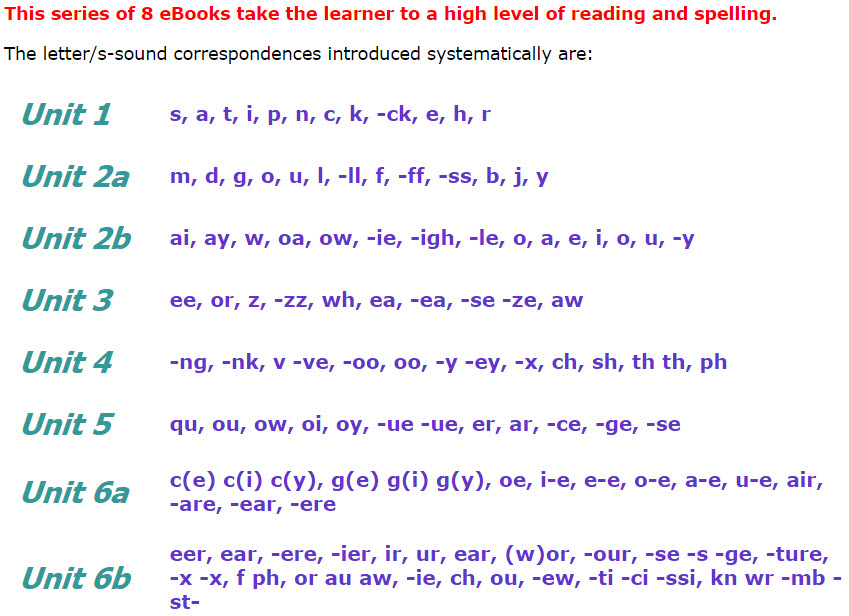

Teach about the ‘alphabet’ and ‘alphabetical order’ too:
You need to teach about both the ‘alphabet’ and its role, and the ‘alphabetic code’ and its role. The eBooks include letter formation of the 26 lower case and 26 upper case letter shapes starting with print – with guidance for teaching fully joined writing for lower case in the Unit 6 eBook. You can use your judgement when to teach your child/pupil/student joined handwriting to use for the ‘apply and extend’ writing activities within the eBooks.
Pricing
We’ve been selling these eBooks at up to £47.00 and even at that price they represented incredible value.
Now completely FREE during the period of
this terrible international emergency….
Contact Us
Please feel free to contact us should you have any questions regarding our series of ‘Alphabetic Code and Phonics Skills ‘ ebooks – we aim to respond within 24hrs though it’s usually much shorter!